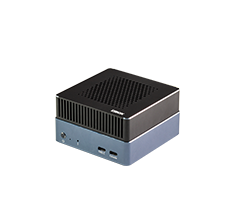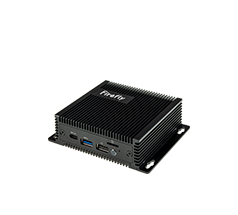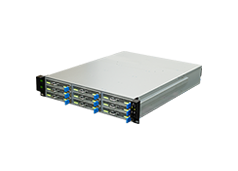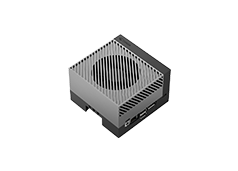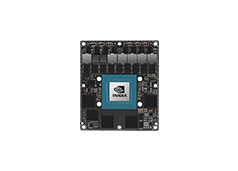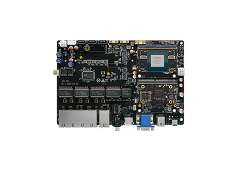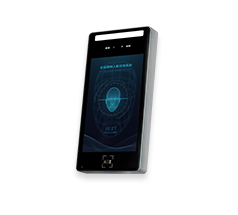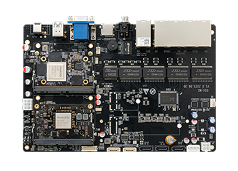Multi-Channel Face Recognition
Background
Traditional security typically involves the deployment of multiple monitoring equipment and cameras. Face verification relies more on security guards and is further compounded by the low-quality video image, making it difficult to track targets and leading to the consumption of both human and material resources.
In this solution, the Cluster Server R1 supports simultaneous monitoring with multiple cameras. It uses multi-channel face recognition and video AI analysis to achieve automatic detection, image recognition, and face tagging of targets, bringing fast and accurate recognition and high-definition image output. Compared with traditional security technologies, this solution is more intelligent and greatly improves work efficiency.
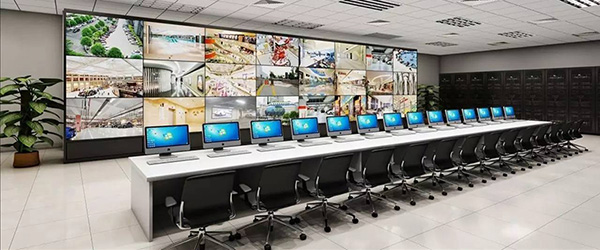
Introduction
The Cluster Server R1 and 20 cameras will be connected to the same router/switch. Thanks to the powerful video encoding and decoding capabilities and efficient face recognition algorithm of the cluster server, video data from 20 cameras will be collected and recorded, and faces will be analyzed. The analysis results and video streaming will be merged, recompiled, pushed and previewed to achieve face recognition for multiple-channel video streaming.
Kit
Cluster Server R1 is equipped with 10 RV1126 core boards.
Router/Switch
20 1080P Webcams
Computer
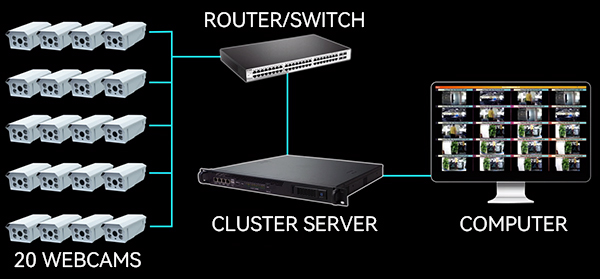
(Webcams connected to the server via router/switch)
Features
Multi-channel face detection and recognition
It can quickly recognize faces detected by multi-channel cameras, each of which can simultaneously recognize up to 10 faces and support various kinds of recognition, including mask, RGB living body, gender, age, and VIDEO pattern.
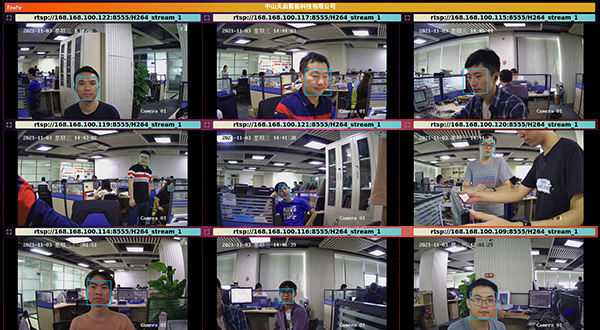
(simultaneous recognition of multiple faces)
Expand more multi-channel video processing
In the solution, AI analysis of 30 (or more)-channel video streams can be expanded, allowing users to increase the number of cameras according to their needs.
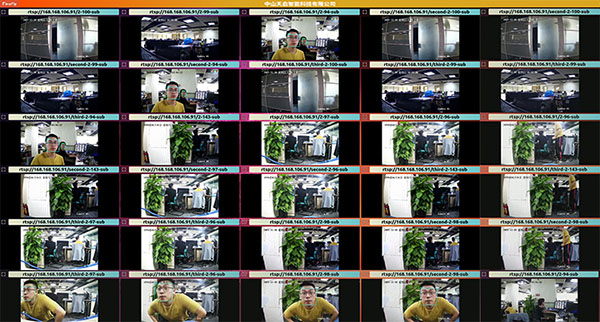
(30-channel video stream processing)
Upgrade to AI webcam
In the scenario where common webcams have been deployed, users can upgrade them to AI webcams by simply connecting the R1 Cluster Server to the network, which can collect and recognize faces when people come inside.

(Recognize faces when people enter the mall)
Flexible matching and cost control
Users can flexibly choose the core boards to match the cluster server and the number of them, which can effectively control costs.
Compatible core boards include: Core-3399-JD4, Core-1126-JD4, Core-1808-JD4, etc. Most of Firefly's JD4 series core boards are available for the server.
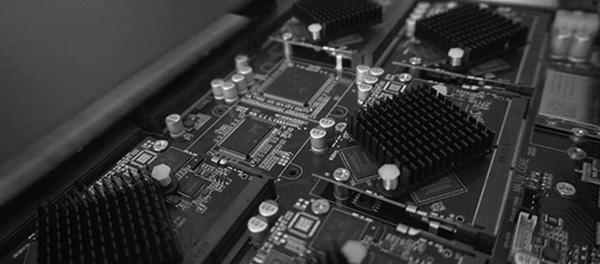
(You can chose the core board you like)
Wide application scenarios
The solution can also be applied to other algorithm models, such as: license plate recognition, object recognition, gesture recognition, headcount, action recognition, hybrid object recognition, and more, providing a wider range of application scenarios.
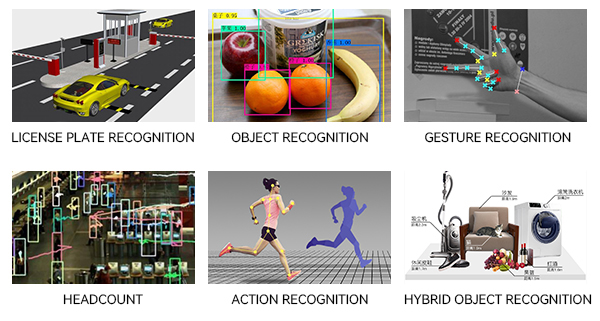
If you require any further information, please contact us at sales@t-firefly.com.


